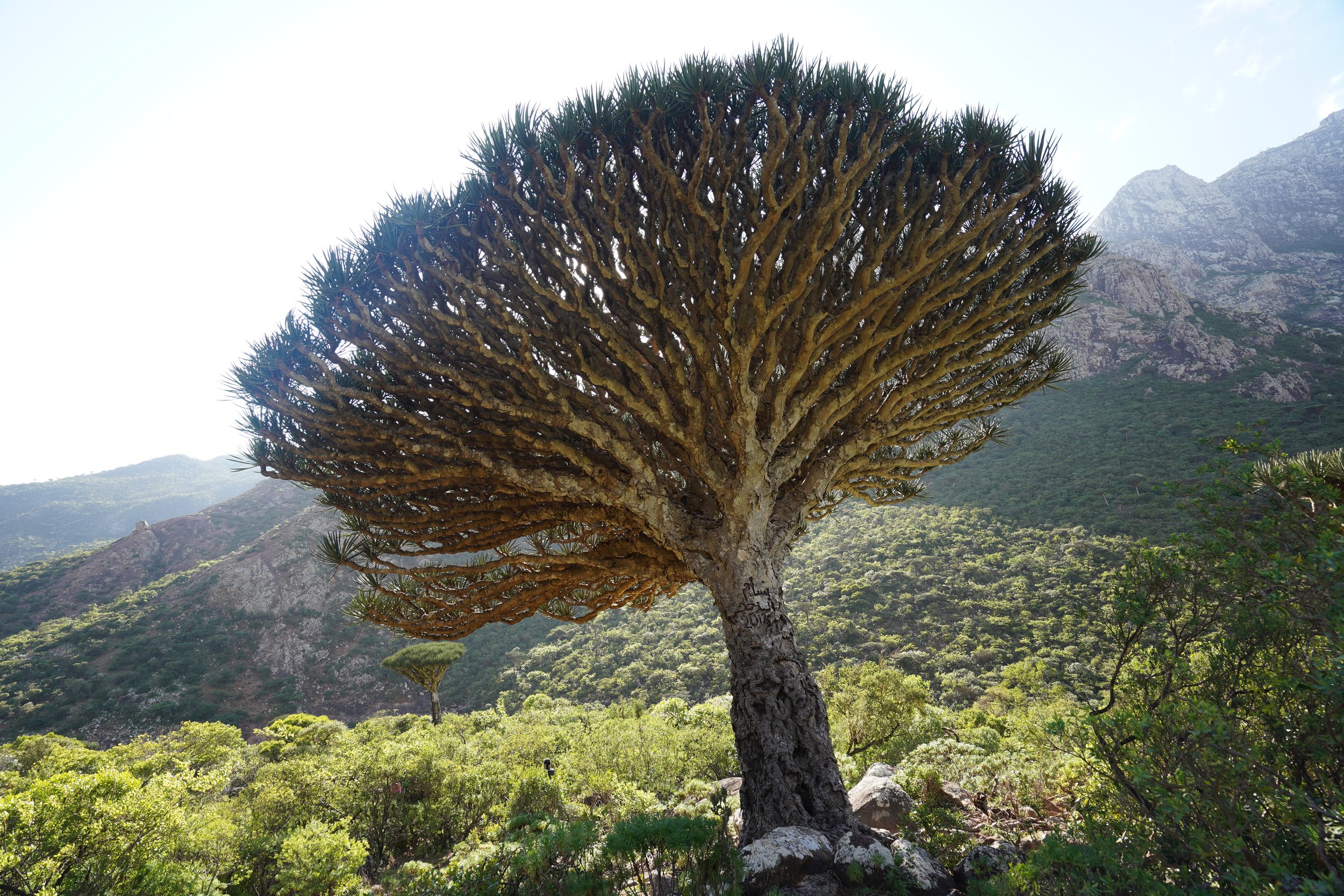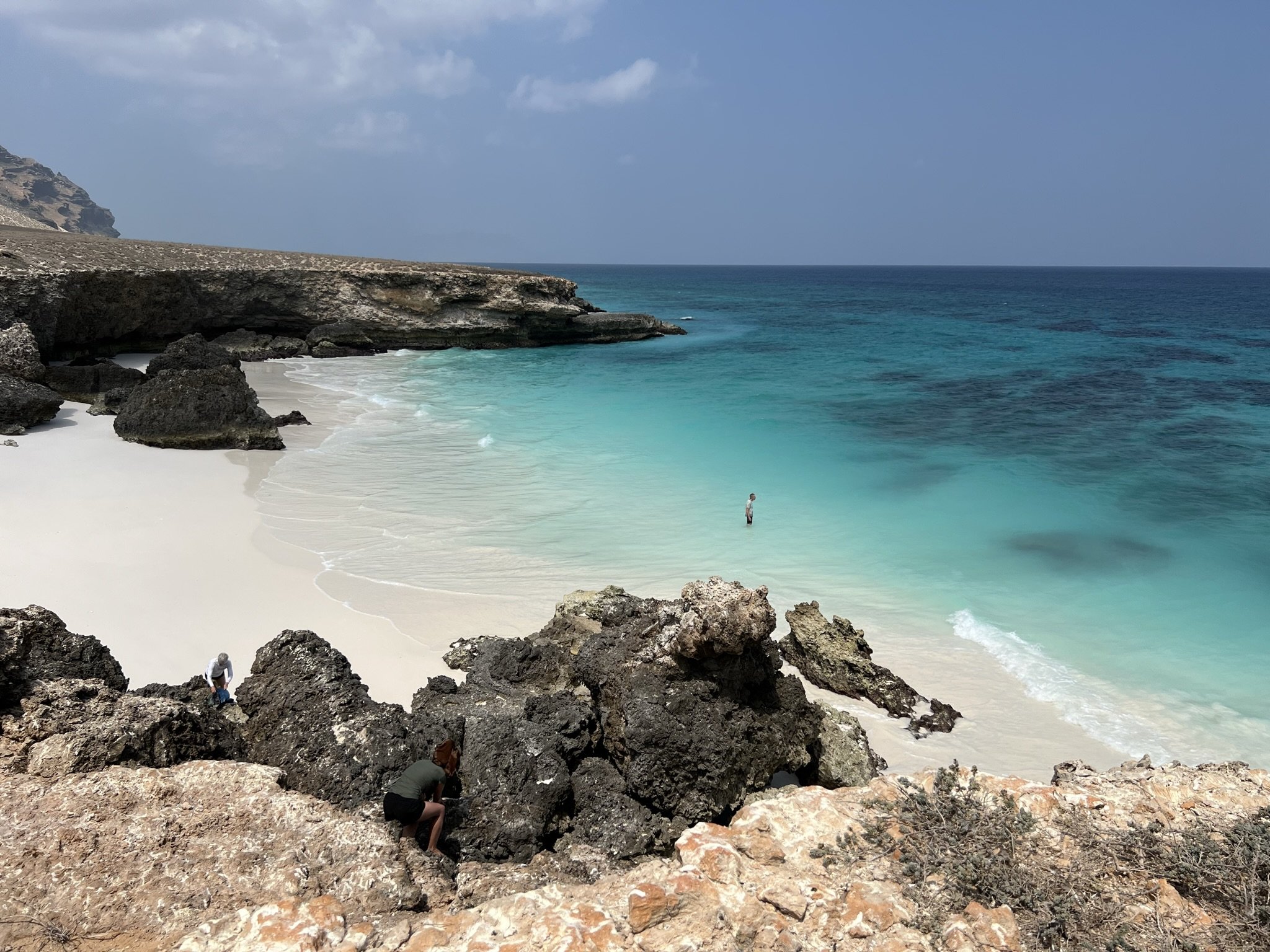YEMEN: Mud Cities of the Hadhramaut (6 days)
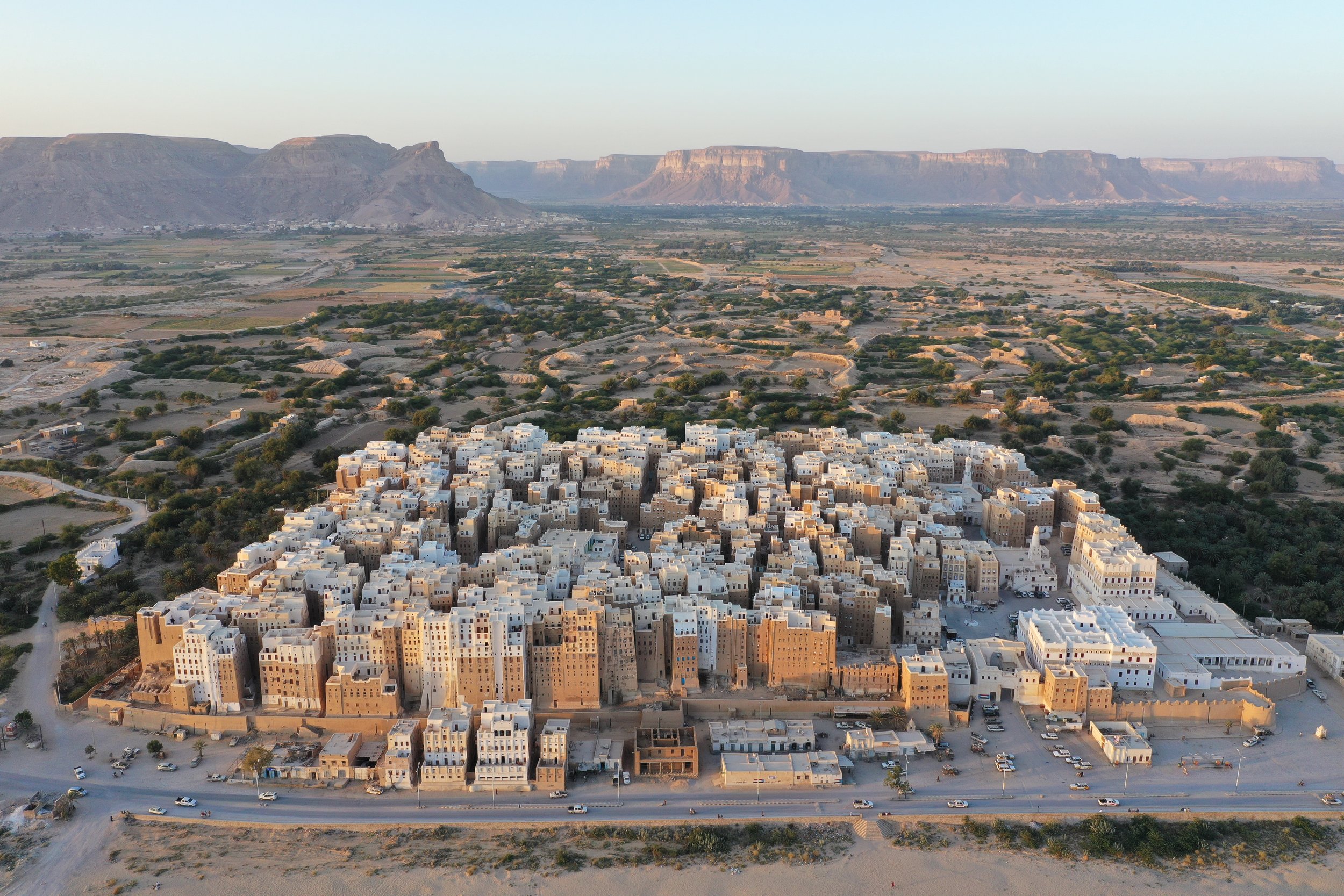
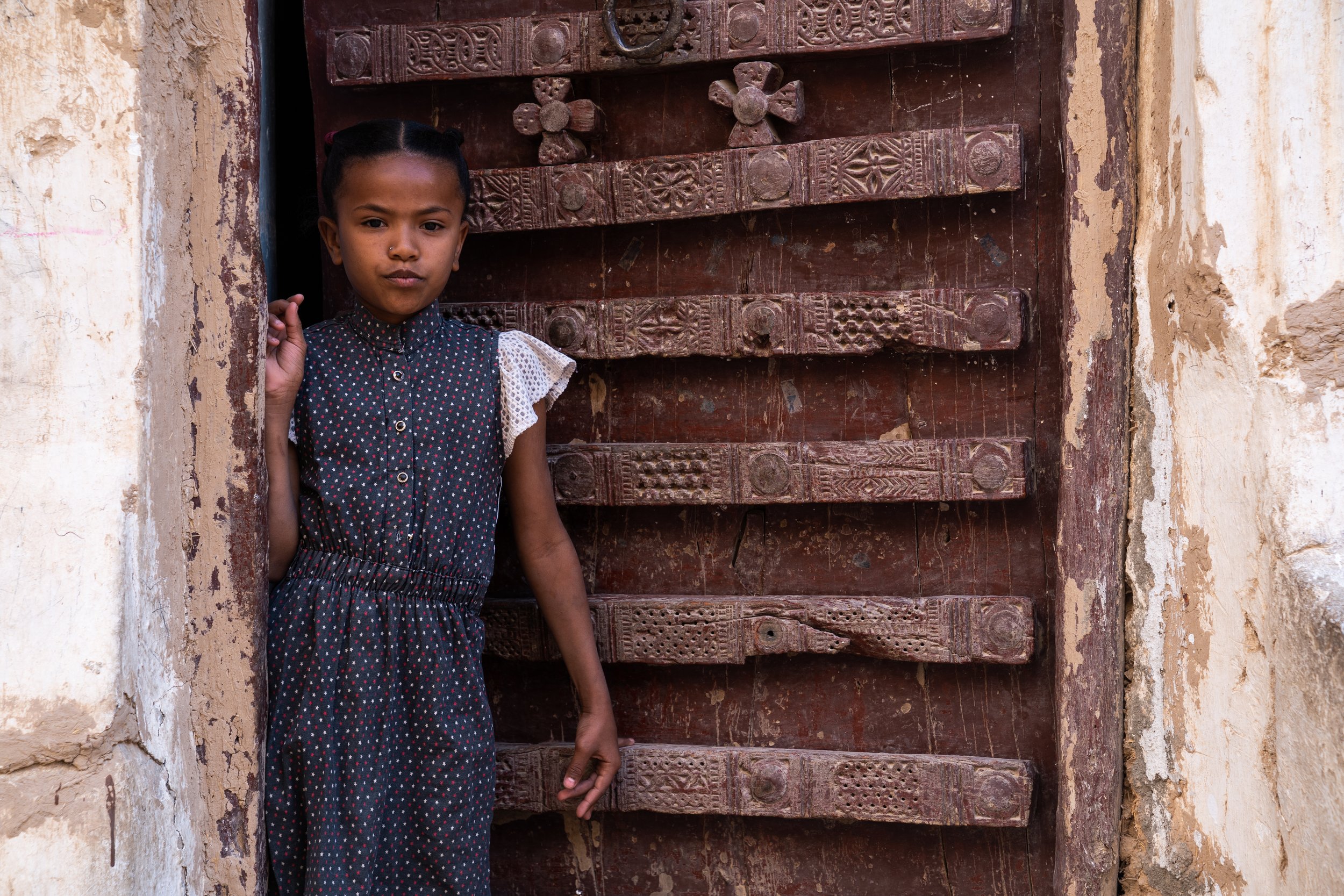
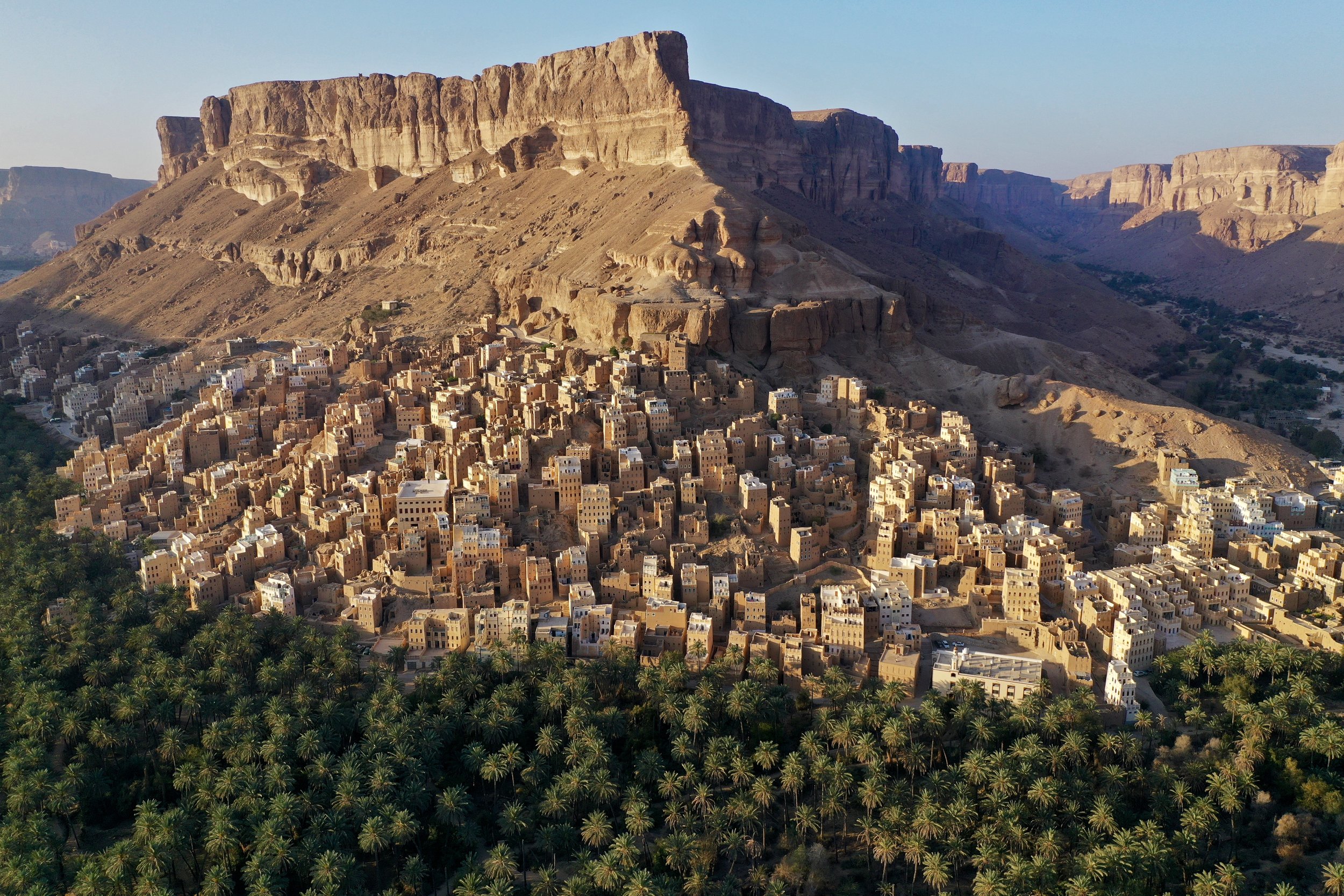

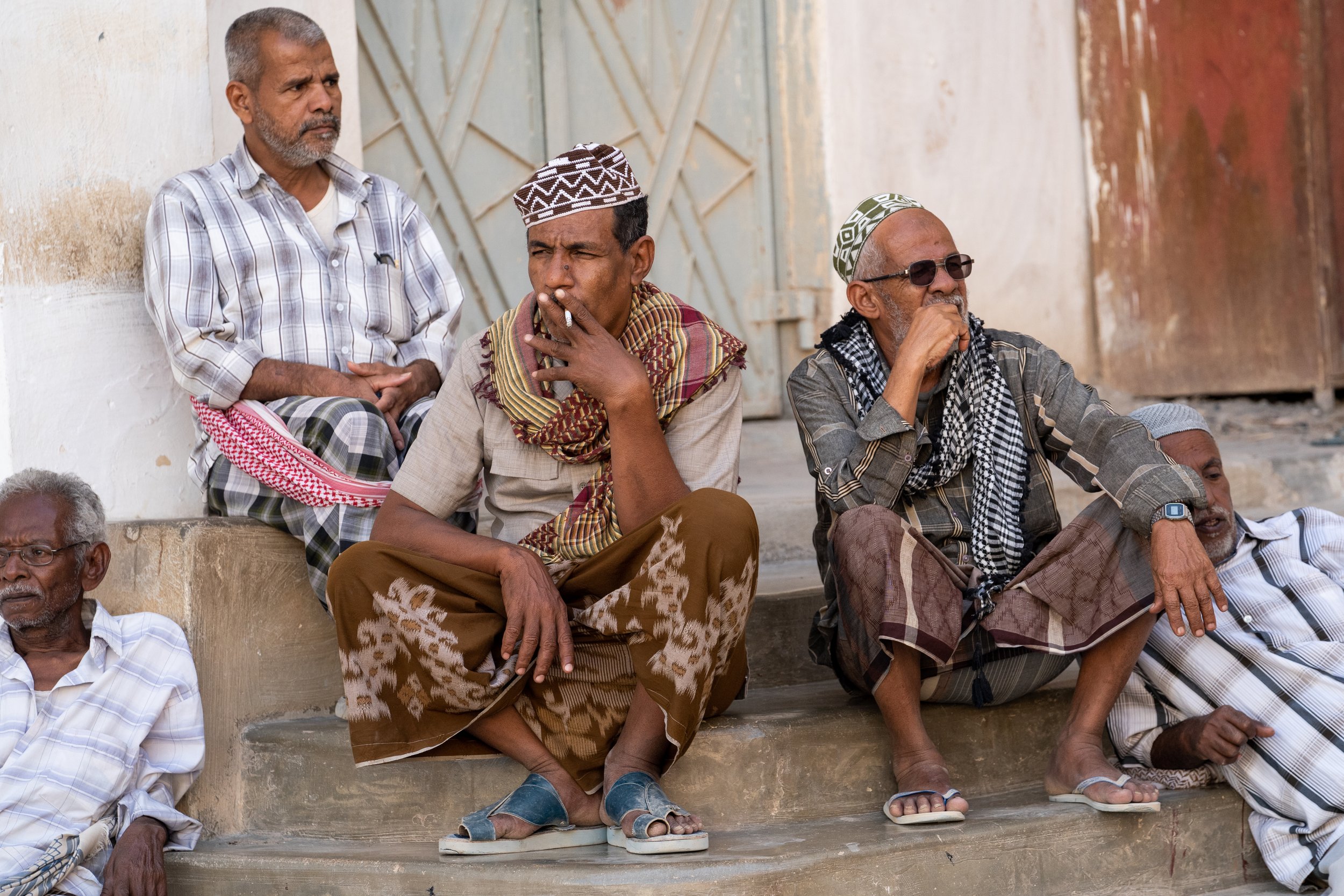
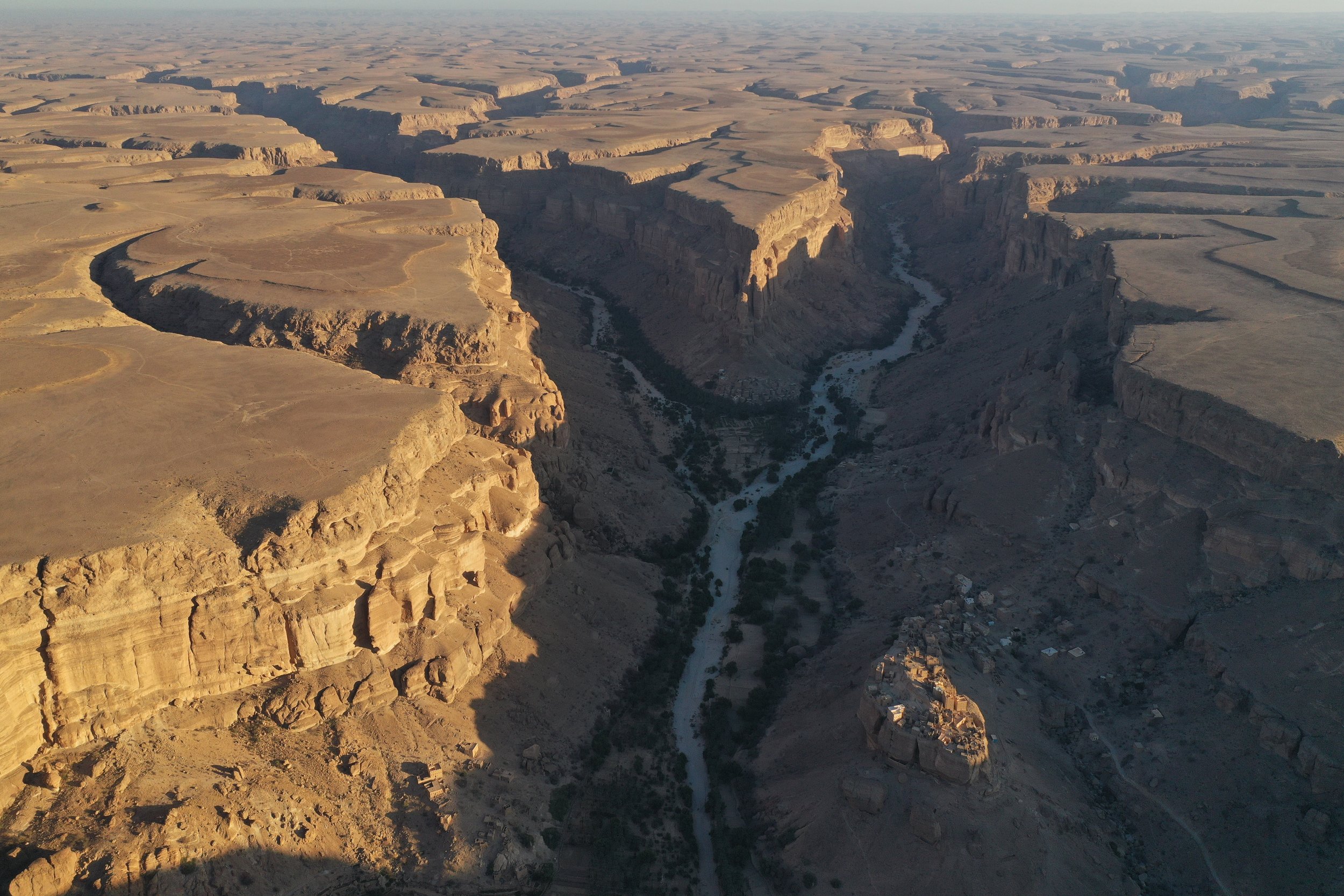
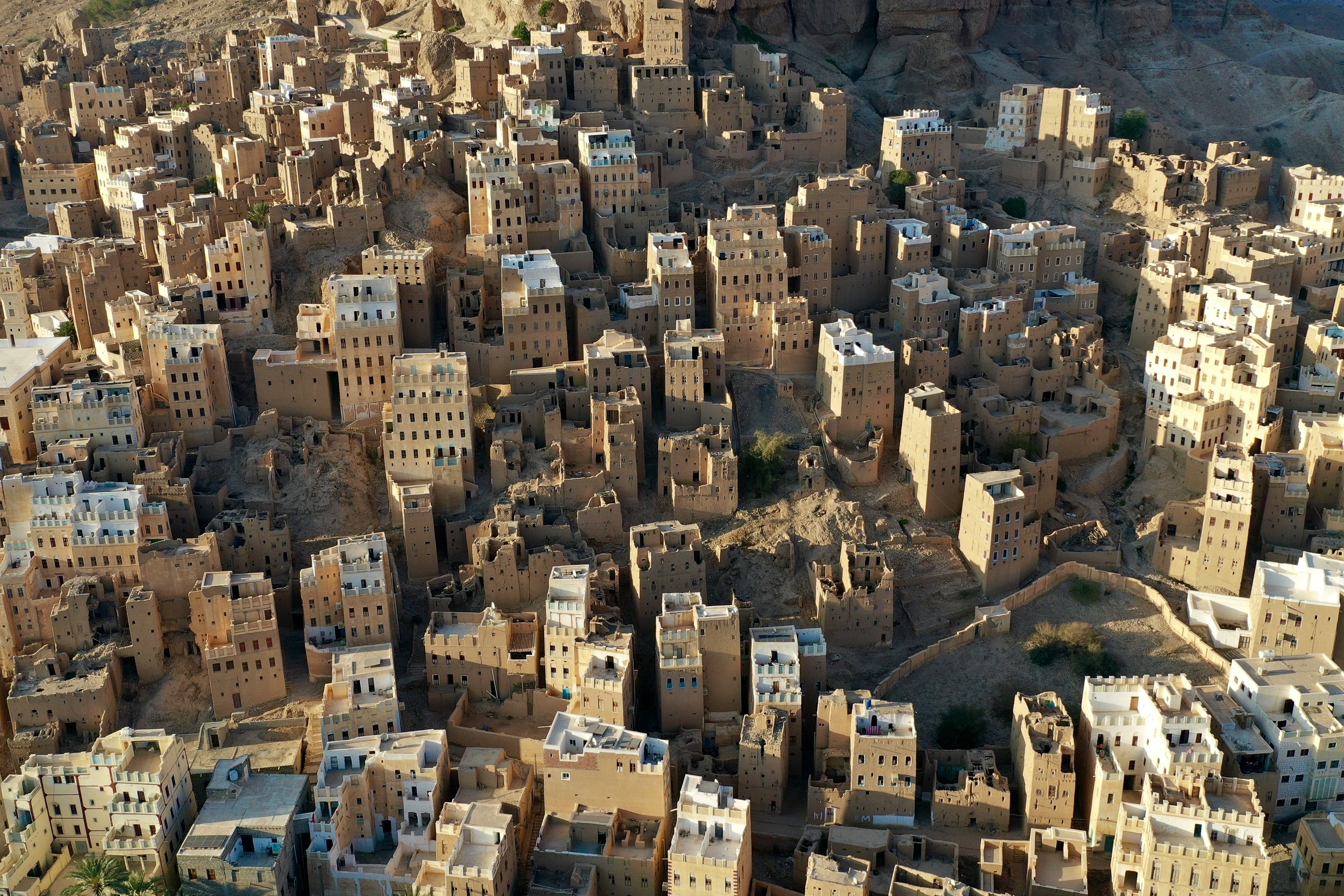
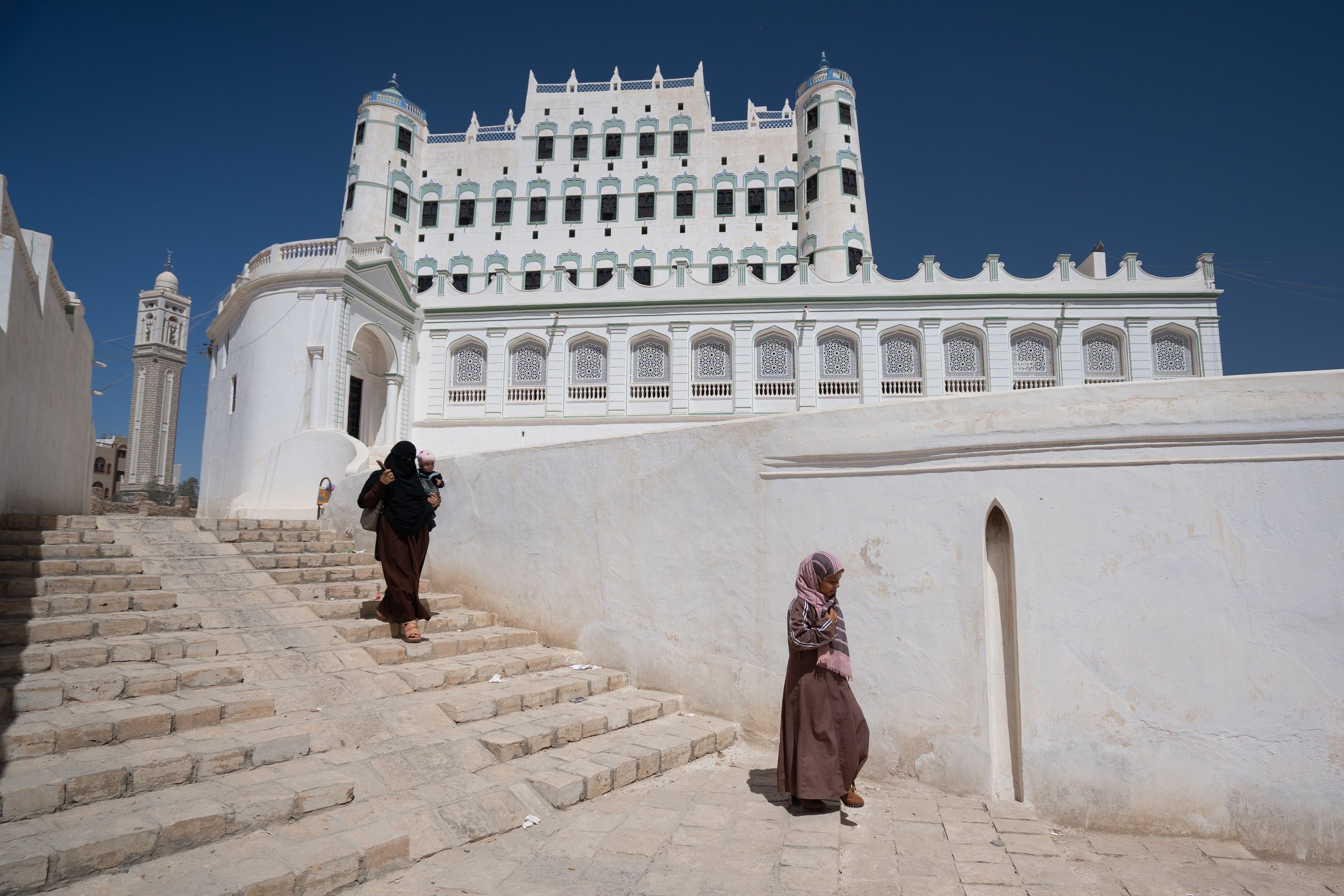
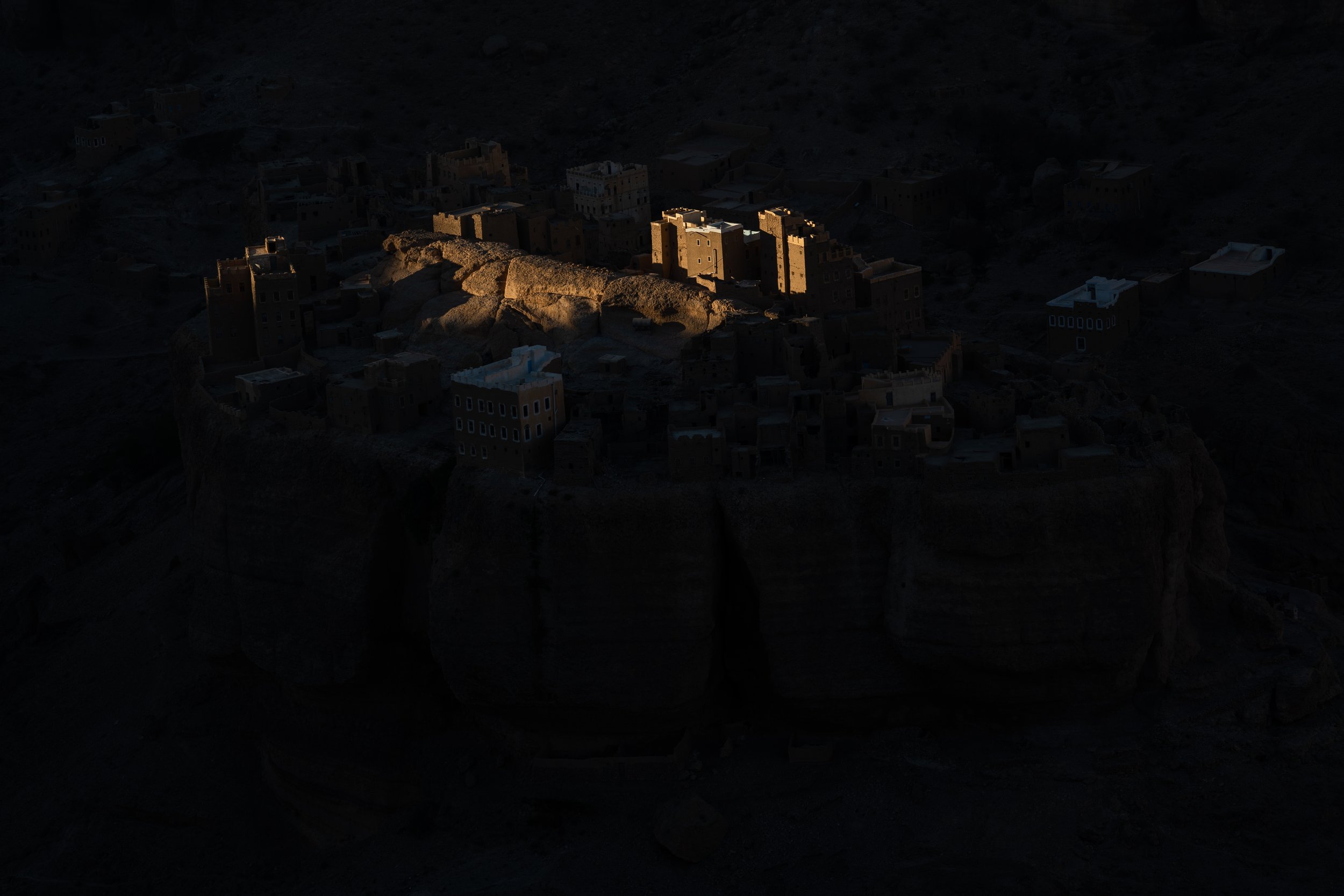

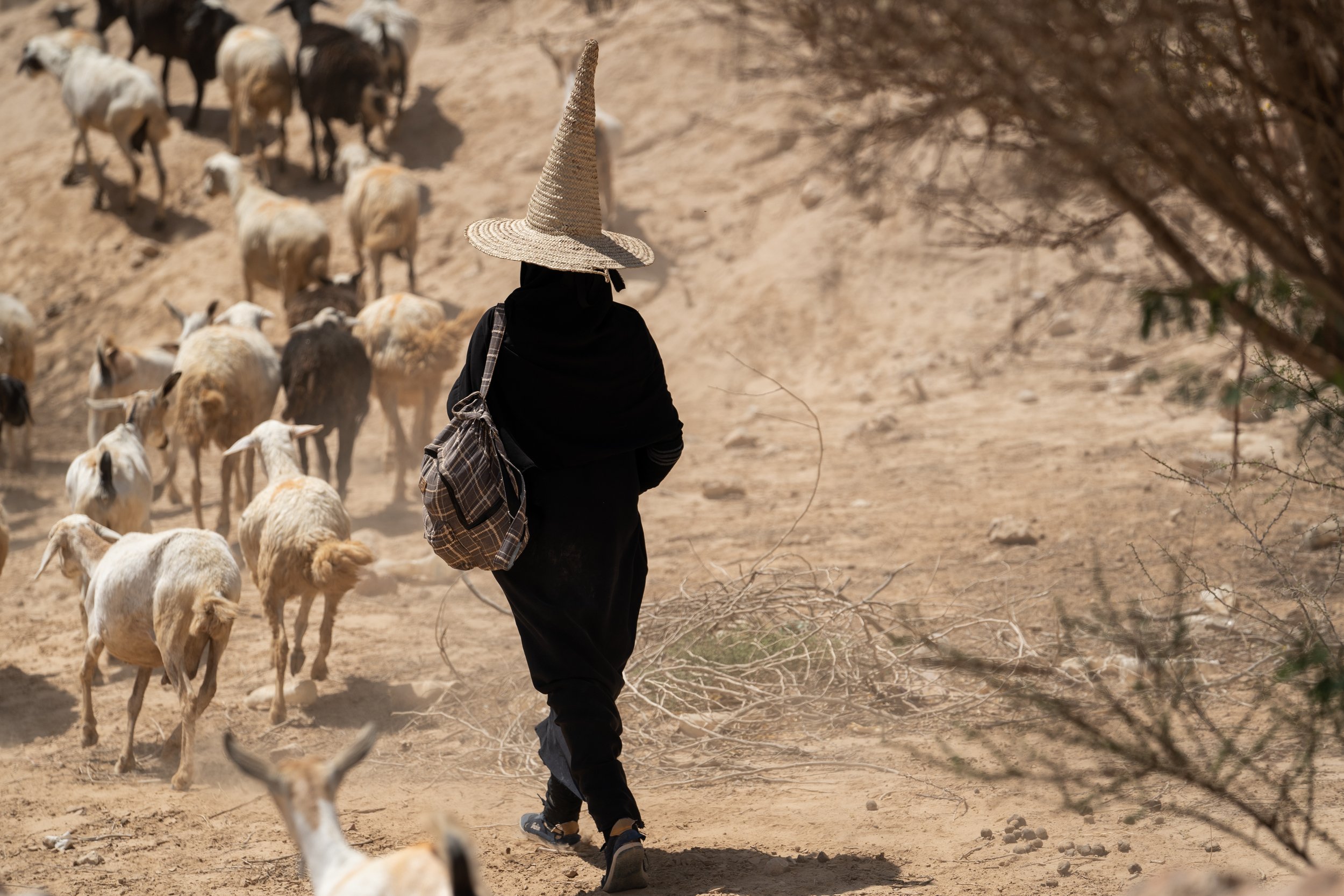
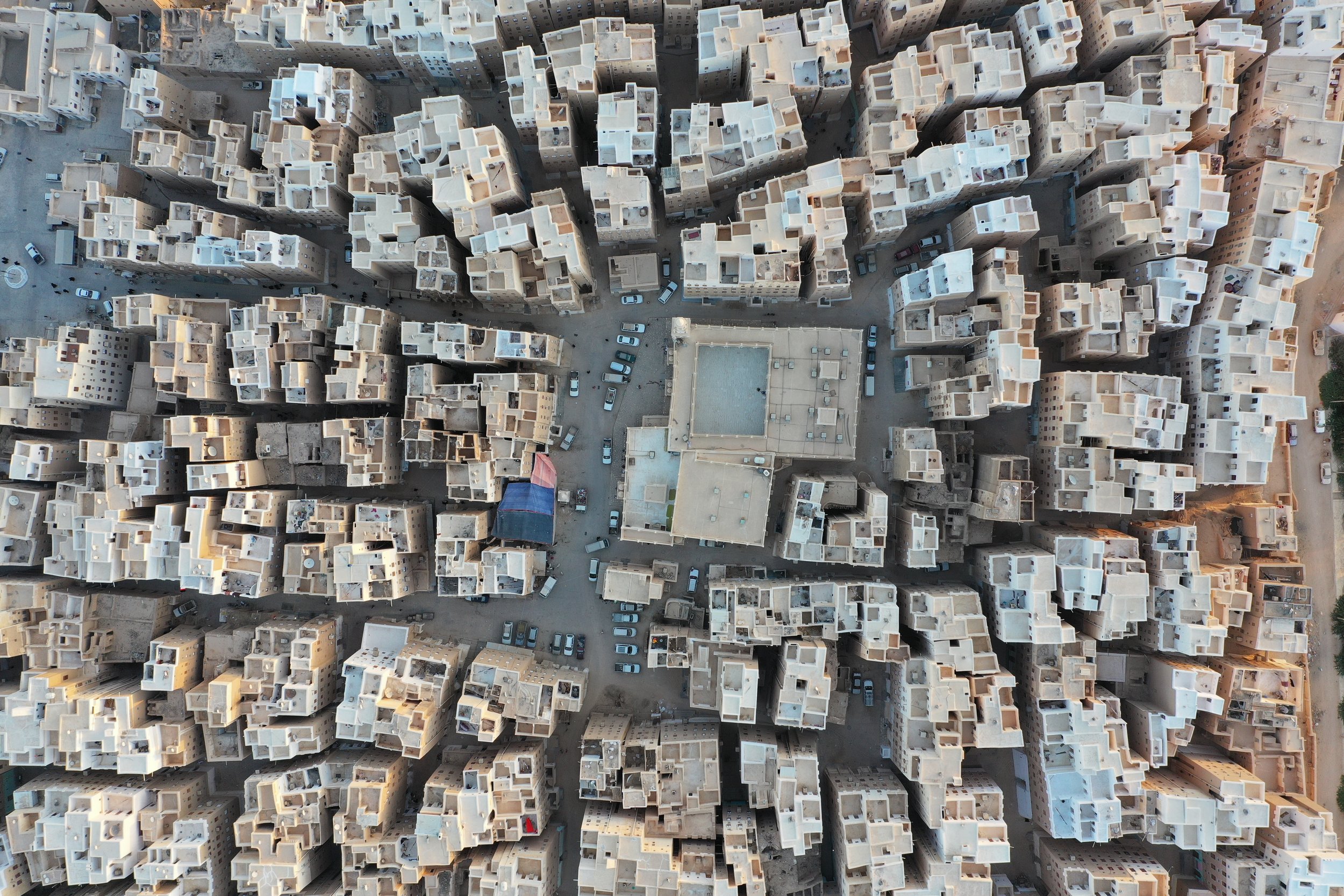
MUD CITIES OF YEMEN: Exploring the Hadhramaut
This journey is designed to bring you to the most fascinating places in central Yemen’s Hadhramaut region. You start in the city of Seiyun and dive deep into the mud-brick villages across Wadi Doan, the Sufi town of Tarim, and the UNESCO world heritage town of Shibam.
-
$2990 USD per person (double occupancy).
Includes:
All accommodations (best available), three meals daily, the Yemeni visa fee and travel permits, security clearance, guides, drivers with private vehicles, additional security when required by local police, entrance fees, and payment processing fees by Visa/MasterCard.
Does not include:
Any flight tickets, personal spending, insurance, additional food and drinks, tips for local staff, and anything not explicitly mentioned as included.
-
6 Days / 5 Nights
-
Maximum 6 people, minimum 3 people.
-
Seiyun, Yemen (flights are not included, but we can assist with reserving tickets to and from Cairo or Socotra)
-
Light.
This trip is a road trip, involving several hours of driving in a private vehicle. There are many city walks and one optional light hike (about 2 hours mostly downhill). No technical skills are needed to participate.
Keep in mind, Yemen is a hot, desert country and temperatures can reach 35 degrees, especially in the summer.
October 10 - 15, 2025
Coming Micro Group Departures
(or contact us to arrange a private trip.)
THE LOCATION
Yemen's Hadhramaut region, a land of enchantment and resilience, unveils a tapestry of history, culture, and natural beauty. Rooted in ancient times, this region witnessed the rise and fall of powerful empires, leaving behind awe-inspiring architectural wonders such as the towering mud-brick skyscrapers of Shibam.
While recent years brought challenges with terrorism and instability (Al Qaeda held the region from 2014 to 2016), Hadhramaut has emerged from the shadows, embracing a brighter present.
From the bustling markets of Tarim and Seiyun to the narrow canyons and diminutive mud villages of Wadi Do’an, the Hadhramaut offers a mesmerizing journey through time in a truly fascinating corner of Arabia.
THE ACTIVITIES
Embark on a 6-day road trip through Yemen's captivating Hadhramaut region. Start by exploring Tarim on foot, a Sufi religious town with a vibrant old souq on foot.
Then head to Shibam, where you can meander the city’s narrow alleyways in between its 11-story skyscrapers made from mud before walking up to a viewpoint for sunset over Shibam.
Drive through conservative Hadhrami towns in the Do'an Valley and go on a short hike from the plateau down to the base of the wadi in the town of Hayd Al Jazil.
Meet with school students and teachers in the region’s cultural capital, Sif and then visit the ancestral home of the Bin Laden family.
THE PEOPLE
Introducing Kais Al Qalisi, a dedicated Yemeni travel company owner, guide, fixer, and documentary filmmaker based in Sana'a. With a rich experience spanning two decades, Kais has been organizing diverse trips across Yemen from north to south.
While he resides in Sana'a with his wife and three daughters, he frequently travels to Hadhramaut and Mahrah in southern Yemen to arrange engaging tours, given the current travel restrictions in northern Yemen.
In addition to his professional pursuits, Kais actively supports charitable projects, focusing on empowering women and assisting families in Sana'a.
Kais and his team are responsible for this trip from start to finish.
THE COST
The total cost of this trip is $3000 USD per person based on a group size of 3-6 individuals.
The trip includes all accommodations (best available), three meals daily, the Yemeni visa fee and travel permits, security clearance, guides, drivers with private vehicles, additional security when required by local police, entrance fees, and payment processing fees by Visa/MasterCard.
The cost does not include any flight tickets, personal spending, insurance, additional food and drinks, tips for local staff, and anything not explicitly mentioned as included.
-
Take Yemenia flight IY607 from Cairo to Seiyun, Yemen, departing Cairo at 11:45am and arriving in Seiyun at 16:15pm.
Upon arrival, clear Yemeni immigration and customs procedures and collect your pre-arranged visa on arrival. By the time you exit the airport, it will be sunset; you will continue to your hotel outside Seiyun for dinner and sleep.
Overnight at the Al Houta Palace Hotel.
-
After breakfast at the Al Houta Palace Hotel, you will continue to the center of Seiyun city to visit the Al Kathiri palace, once the home of the sultan and currently a museum, which documents the Hadhramaut region’s history from antiquity until the first film cameras were around.
From the palace, you will continue to Seiyun’s honey bazaar and farmers’ market to wander. Then you will drive one hour to Tarim, a nearby city in the Hadhramaut valley famed for its Sufi Islamic education centers.
Once in Tarim, you’ll have lunch and will go to the nearby town of Aynat to visit the tombs and shrines of the region’s great Sufi saints. As the sun begins to lower the souq comes alive with activity. You will explore the old town and market by foot, where many of the city’s original mud buildings still stand and shops continue to operate as they always have. You can listen to the call to prayer from the historic Almihdhar Mosque, before returning to Seiyun for the evening.
Overnight at the Al Houta Palace Hotel.
-
After breakfast, you’ll check out from the Al Houta Palace Hotel and head out by road for the fabled Wadi Do’an (otherwise known as the Do’an or Dawan Valley). This historic region is the cultural center of the Hadhrami people.
Steep canyon walls give way to a narrow, branching semi-fertile valley called Do’an. A deeply conservative yet culturally distinct civilization formed within this valley and continues with its traditions today. Mud brick towns cling to where the canyon walls meet the ground, while the center is reserved for farm and grazing land. Almost no structures exist on the top of the canyon— nearly all life, save for a few bedouins, live at the bottom, some 300 meters below the natural canyon walls.
You will first stop in Hajhrain town, where you can meet beekeepers and learn about Sedr honey, one of the most expensive high-grade honey in the world.
As you continue to wind your way down Do’an, the valley becomes increasingly narrow. You will then visit the village of Sif to tour the “white palace” over the village, before making your way down to the village of Buqshan, where you can walk around the inside of a colorful Hadhrami mansion.
You’ll spend the evening at the Haid Al Jazil Resort, perched up on the top of the canyon walls with an incredible view of dramatic canyon landscapes, diminutive mud-brick villages, and farmland down below.
Overnight at the Haid Al Jazil Resort.
-
After breakfast, you will drive down to the furthest southern reaches of Wadi Do’an. The first stop will be the village of Qarn Majed, followed by Budha, Al Khuraiba, and finally to Al Rubat. These villages are the most remote and most traditional in the region and maintain their architectural traditions better than anywhere else in the area.
Al Rubat is the ancestrial homeland of the Bin Laden family. Notoriously famous for jihadist Osama Bin Laden, his father, the billionaire construction magnate Mohammed Bin Laden was born in a home in the village before moving to Saudi Arabia as a young man. You can quickly visit the outside of the now-abandoned Bin Laden family home in the village.
In the afternoon, you will go on a hike down from Haid Al Jazil to the bottom of the canyon, passing through villages, date palm groves, and grazing grounds where women bring their goats.
Overnight at Haid Al Jazil Resort.
-
After breakfast at the Haid Al Jazil Resort, you’ll drive back to the Hadhramaut Valley to the UNESCO World Heritage town of Shibam. You’ll spend the entire afternoon wandering the maze-like streets of this incredible village of living history. As the sun begins to set, you will drive to a nearby viewpoint over the city to listen to the call to prayer.
Overnight at the Al Houta Palace Hotel.
-
You will need to wake up very early in the morning, leaving the hotel just before 05:00 am to head over to Seiyun airport to catch Yemenia airlines flight IY606 from Seiyun to Cairo.
The plane is scheduled to depart at 08:00 am and the check-in, security, immigration, and customs procedures are lengthy. The flight is scheduled to arrive in Cairo at 10:45 am (non-stop).
The following itinerary is meant to serve as a guideline for the trip, rather than an exact play-by-play. As is true of all inertia experiences, we leave room for sporadic interactions, unforeseen opportunities, and time buffers to compensate for unexpected scenarios.
SOUQS OF HADHRAMAUT
Explore spices and scents on the region’s markets.
MEET LOCALS
Meet school teachers and children, beekeepers and more in the fabled Wadi Do’an.
EXPLORE SHIBAM
Meander through the Manhattan of Arabia with its 11-story mud skyscrapers still lived in today.
DO’AN SUNRISE
Watch the sunrise over the Hayd Al Jazil, a traditional Hadhrami village perched on a rock.
MICRO GROUP TRIPS
All Micro Group Trips are limited to a fixed maximum and a minimum number of participants (2~6 people) to ensure a safe, intimate, and sustainable experience.
If available, fixed departure dates are listed below. Click on a date to sign up.
If no trip dates are available, private trips or extra dates can be organized according to your schedule pending our guides’ availability. Contact us to arrange a private trip.
October 10 - 15, 2025
Want to travel independently or don’t see dates that work with your schedule?
Contact us to arrange a private trip instead.
-
You will stay in small local hotels throughout the trip. While they are not fancy in a Western sense, they are not bad either and are both full of character as well as Yemeni hospitality. Don’t expect luxury, but you can expect slow wifi, running water (sometimes hot), and a clean bed. The hotels are the best available for each region.
-
The safety and security situation in eastern and southern Yemen, specifically in Al Mahrah, Hadhramaut, Socotra, and the city of Aden has improved significantly since UAE and Saudi forces moved into the area in 2016-2017. While risks still most certainly exist, with an experienced team these risks can be significantly mitigated. Learn more by reading our Safety Guide to Southern Yemen.
As a precaution, our team receives regular security reports from the local officials in each town we visit. Should anything seem off, we do not hesitate to change an itinerary or take away a destination if it requires passing through or staying in places we do not feel comfortable. Moreover, we will not hesitate to organize a land or air extraction via either one of the three viable overland border points or Seiyun Airport, should this be necessary.
-
Yemeni society is deeply conservative and as a general rule of thumb, all visitors on our trips are required to dress in a way that enables them to blend in as much as possible.
For men, this means long pants, shirts that cover the shoulders, or Yemeni traditional dress (a fouta— man skirt— and a button-down shirt).
For women, this means a black Abaya and headscarf (at all times while in public), and occasionally a niqab (face veil) for certain checkpoints or more challenging situations, should they arise.
-
Yemen is a deeply conservative Islamic country where traditional male-dominated gender roles are primarily enforced. Many locals see foreign women as a “third gender” where they are not held to the same expectations as Yemeni Muslim women. This means foreign women are mostly able to access spaces for both men and women, whereas foreign men may only access spaces for men.
This does not mean foreign women are exempt from Yemeni dress standards. All women in Yemen are expected to be fully covered in public, and tourists are no exception. Black abayas and hijabs are required for women’s safety and security in Yemen. At times, you may be expected to wear a niqab.
Touching a member of the opposite sex (who is not your spouse or parent) is not common in Yemen. While many non-Muslim women hug male friends, this is not practiced in Yemen at all and would be seen as highly inappropriate in public settings.
-
Yemen Mobile has decent coverage of Hadhramaut and Mahrah, especially in the towns. Many foreign companies do not have an established relationship with Yemen Mobile, and thus will not connect to their network without a local SIM. At the time of writing (2022) local Yemen Mobile sims can be purchased in Seiyun, but will not function in iPhones.
Internet access via pre-purchased scratch-off cards is generally available in the hotels throughout your stay. While the speeds are typically slow, sending emails and WhatsApp messages will not be a problem.
-
Yemen is an amazing place for landscape, architectural, and cultural photography— you are literally surrounded by endless opportunities for photographs from the deserts to the canyons to the souqs.
This being said— when looking to photograph local people, please always ask for permission first. Typically it’s not a problem to photograph men (but even still, some men in the Hadhramaut especially will have an issue with photography, as some see it as against Islam), but it is very problematic to photograph most women. Doing so without consent can lead to major repercussions for both you and your guide.
-
Alcohol is not allowed to be carried into Yemen.
Illicit substances are also forbidden, including Marijuana.
Drones are not allowed into Yemen unless you obtain a media permit that includes drones on your gear list in advance of arrival. We can arrange this permit for professional shoots at an additional cost.
-
Yemen restricts all Israeli nationals, people born in Israel, and anyone with proof of travel to Isreal in their passports (including border stamps from Egypt and Jordan) from entering the country.
-
The local cuisine in southern Yemen is rather straightforward. You can expect meat (chicken, sheep, goat or camel), along with a type of local salad (normally cucumbers and tomatoes with yogurt) accompanied by crispy flat bread and rice, and beans in a tomato gravy in the mornings, sometimes with a fried egg.
Along the coast, you will see a lot more fish and lobster on the menus as well.
Hummus and processed cheese are also normally available at restaurants throughout southern Yemen.
It's a good idea to communicate your needs in advance or carry your own snacks (vegans are normally treated to the same vegetable curry with pasta or rice daily).
-
Road trips through Southern and Eastern Yemen require many hours in vehicles to get between cities— this is because while the distances may not look long on a map, there are many roadblocks, checkpoints, potholes, and slow-moving trucks. We’re including an approximate driving time chart between cities below so you can get a better idea of what to expect in terms of car time.
Seiyun - Tarim :: 1 hr
Seiyun - Shiban :: 40 minutes
Seiyun - Haid Al Jazil :: 3.5 hrs
Haid Al Jazil - Sif :: 1 hr
Haid Al Jazil - Ar-Rubat :: 2 hrs
-
Almost all travelers will require a Yemeni visa in order to travel to Mainland Yemen and Socotra, and everyone requires a Security Clearance Letter. Additionally, for Mainland Yemen, you will also need a Ministry of the Interior Letter.
We will handle this process on your behalf. It takes us approximately three weeks to arrange the paperwork.
You do not need to go to any Yemeni embassy or obtain a physical visa in your passport before your trip— we apply for and receive paper visas that are issued externally from your passport in advance. You need to bring a copy of this visa to show the airline before check-in and boarding, and your original visa will be submitted to the immigration authorities when you land in Yemen.
-
For Yemen trips starting in Seiyun— Flights are available three times a week from Cairo Terminal 1 direct on Yemenia, the flagship carrier.
For trips as extensions to/from Socotra, there is a flight that connects Mukalla to Socotra every week on Monday mornings in both directions.
It is also possible to fly into Mukalla from Cairo VIA Aden once a week.
Additional flight connections into Aden Airport are technically available from Djibouti and Jeddah, but in practice are harder to schedule and more difficult to arrange.
In order to book flights to Yemen, you must purchase them in cash from a Yemenia office in the Middle East. Online ticket booking is not available for flights to Yemen.
We can provide flight booking assistance for all flights to Yemen with enough advanced warning for a fee.
For trips starting from the Omani border, Salalah (SLL) is an international airport with a good number of Gulf connections, mostly to Muscat (many times per day), Abu Dhabi, and Dubai. All cross-border trips include overland transportation from Salalah, and we will arrange to pick you up from your accommodation in Salalah.
It is also now possible to provide cross-border trips to/from the Saudi Arabian border crossing near Sharorah in the Empty Quarter Desert.
-
Travelers to Yemen should be aware of a few health and safety concerns. The remote location and limited medical facilities in the country can pose challenges in case of emergencies or serious illnesses. It is advisable to have travel insurance that covers medical evacuation from Yemen. There are hospitals in Mukalla, Seiyun, Tarim, and Al Ghaydah, that can provide basic health care, but for anything serious, an evac would be required. Prescription medications are difficult to find in Yemen and supplies are severely limited. Come prepared.
Finding an insurance company that will cover you in Yemen is also a challenge. Travelers should check if they qualify for BattleFace insurance, as they specialize in travel advisory countries.
Some companies may offer kidnap and random reimbursement insurance.
Insurance coverage is not required to participate in this trip, but it is recommended.










